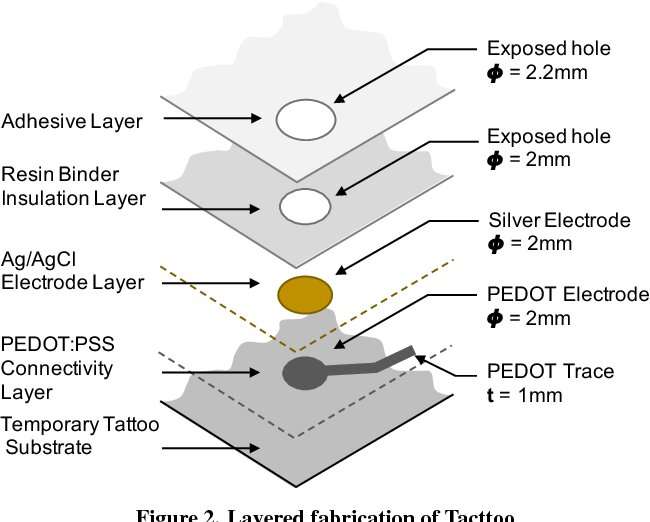
Virtual and augmented reality (VR and AR), often combined under the term ‘extended reality (XR)’, are increasingly losing their niche status and entering the mass market. Think of the metaverse, gaming, applications in industry and innovative areas of telemedicine. But most augmented reality applications have one thing in common: they tend to focus primarily or exclusively on the visual sense.
“The sense of touch is usually left out of the equation, even though it plays a very crucial role in how we experience the world,” explained Professor Jürgen Steimle, who heads the Saarland University research group on human-computer interaction at the Saarland Informatics Campus. According to Steimle, integrating tactile feedback into virtual worlds would help to make the user experience far more immersive.
To a limited extent this is already possible today. Handheld controllers that generate vibrotactile feedback through motors or other moving parts are now widespread, and gloves have been developed that incorporate vibrating or other moving elements. Jürgen Steimle and his group have set themselves the task of developing and improving the approaches used.
One result of this work is the project “Tacttoo,” a portmanteau word that combines the words ‘tactile’ and ‘tattoo’ and neatly describes what has been developed in the project: a super-thin electronic foil only 35 micrometers thick that can be applied to the skin like a temporary tattoo and that can stimulate the sense of touch electrically without the need for any moving parts.
And because the foil is feel-through thin, objects can still be perceived and felt as before. This opens up a whole new range of potential applications. Like a number of other methods, Tacttoo can be used to create a completely new haptic experience for purely digital objects (albeit one that is much more realistic thanks to the higher resolution possible), but it can also be used to enhance interaction with real objects by including other sensory impressions.
For example, the technology could be used in product design. Augmented reality and a physical prototype could be used to explore the haptic sensations of different materials before going into production. Or when designing an electrical device, different positions of buttons and other physical controls could be tested by simulating them as artificial tactile sensations.
The technology could also be used to train surgeons, as virtual reality environments are already being used in the medical education field. Steimle’s method could be applied to add realistic haptic feedback in these environments without restricting the fine motor dexterity required by medical trainees.
In the project “Feel-XR: Feel-through Haptic Feedback for Augmented and Virtual Reality,” Steimle and his team are focusing on technology transfer aspects and will be identifying new areas of application as well as refining existing ones.
“Through a combination of market analyses, application development and collaboration with industrial partners, we want to explore the commercial potential of this technology in order to see Tacttoos being used in practice,” said Steimle.
Citation:
Tactile tattoos to make virtual worlds tangible (2023, March 9)
retrieved 9 March 2023
from https://techxplore.com/news/2023-03-tactile-tattoos-virtual-worlds-tangible.html
This document is subject to copyright. Apart from any fair dealing for the purpose of private study or research, no
part may be reproduced without the written permission. The content is provided for information purposes only.
For all the latest Technology News Click Here
For the latest news and updates, follow us on Google News.

